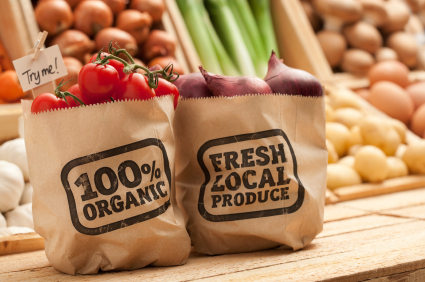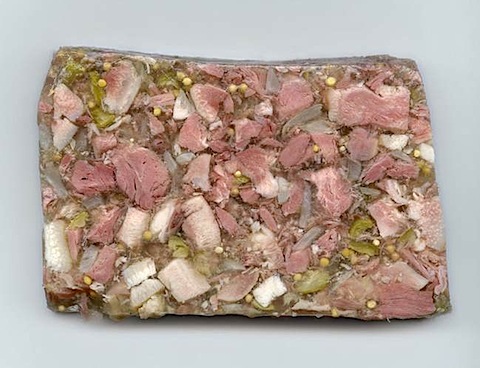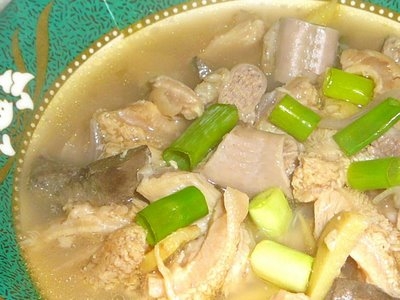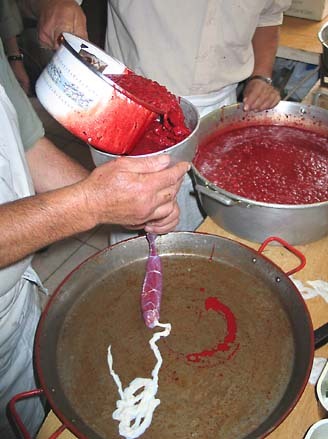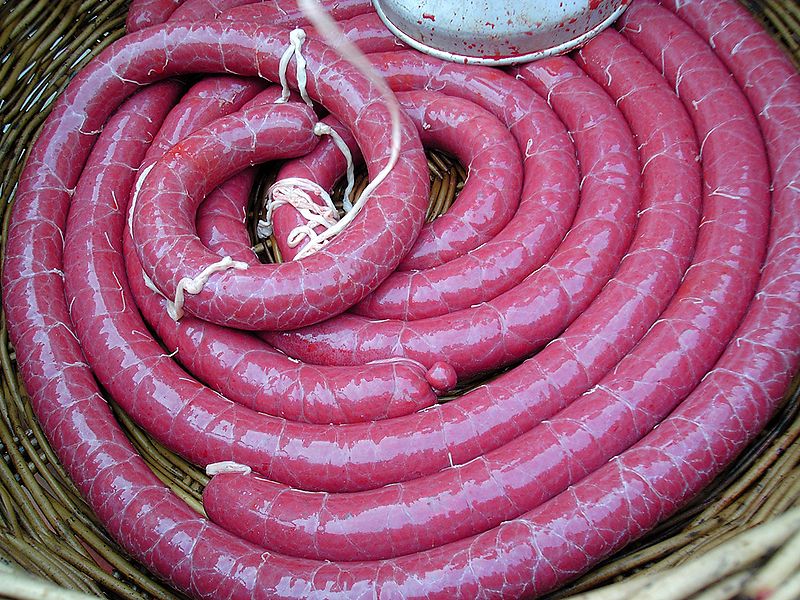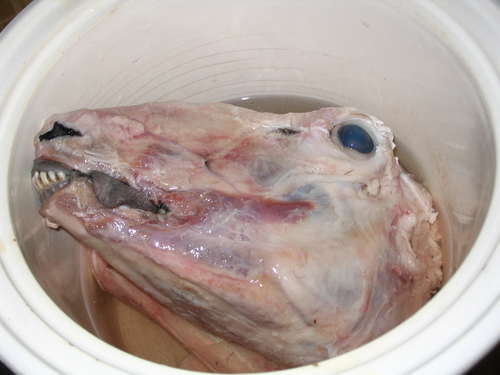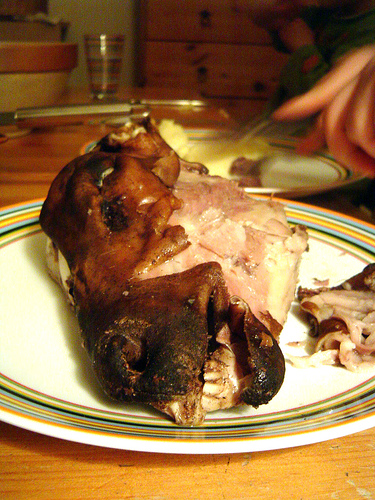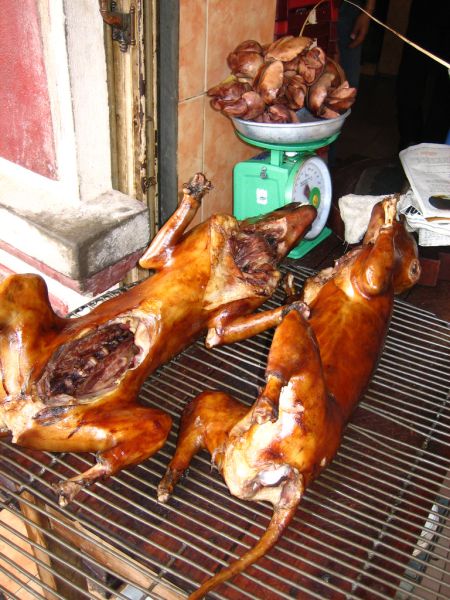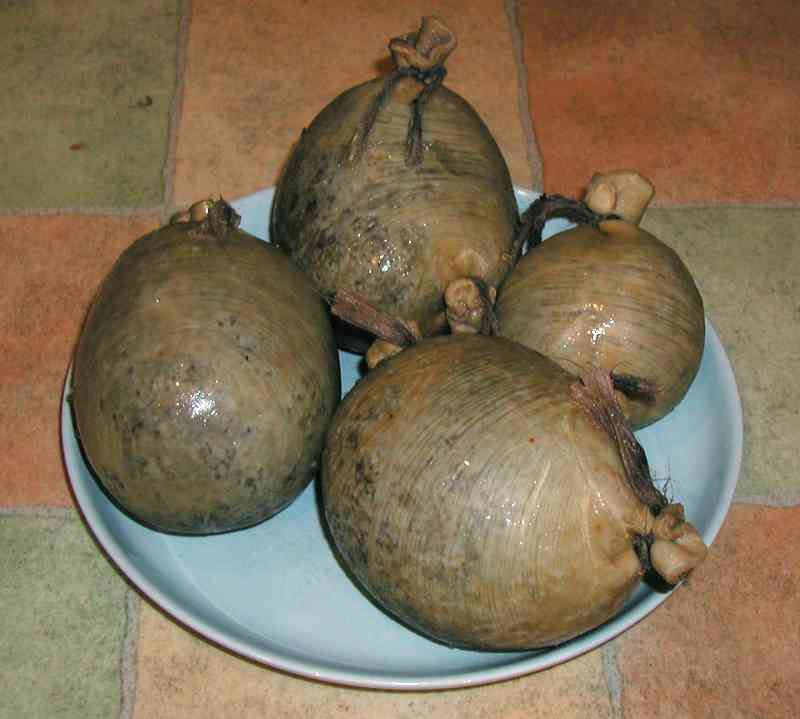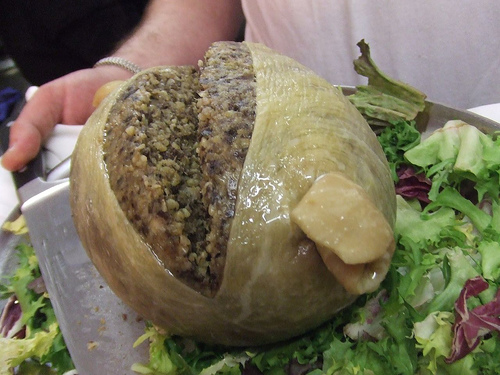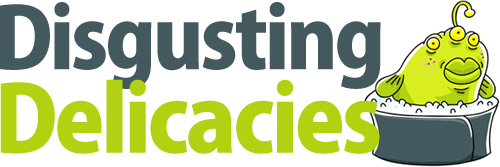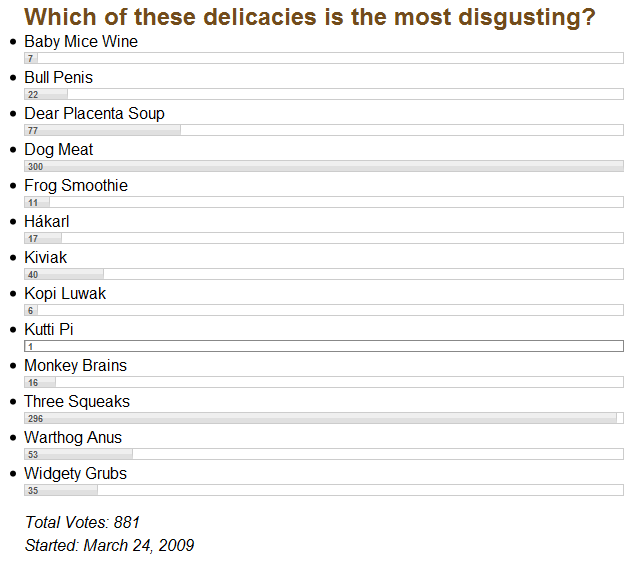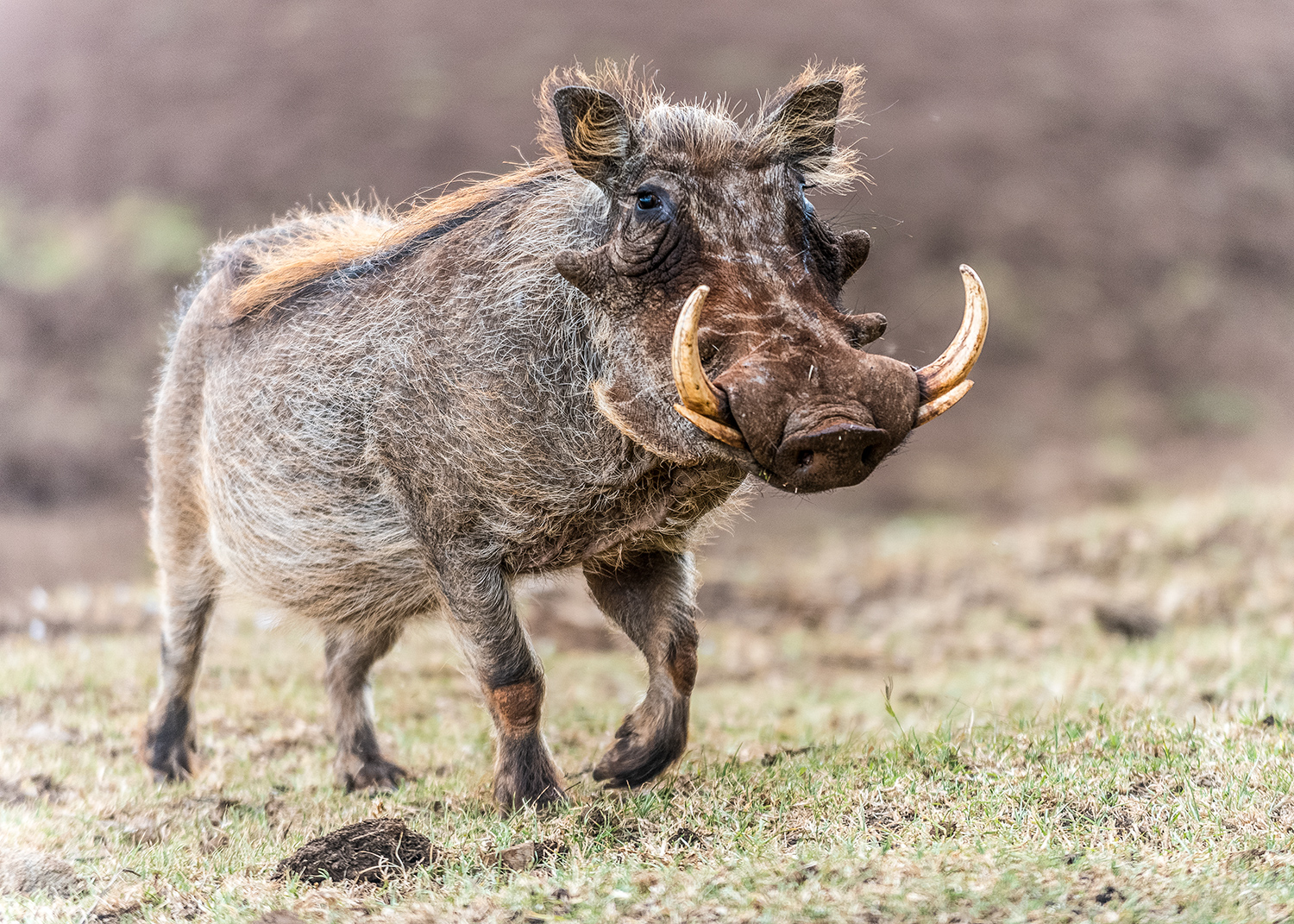Culinary Cautions: Obesity Epidemic
“It is better to build healthy children than repair unhealthy adults.” ~ Anonymous 
In the United States there are approximately sixteen to thirty-three percent of teenagers and children who are considered to be obese. Obesity is easy to diagnose but it can be very difficult to treat. Lack of exercise and poor diet cause more than 300,000 fatalities every year. Unless children and teenagers are made aware of living an unhealthy lifestyle, they will grow to become overweight, unhealthy adults. With proper education and support from parents, today’s kids can live long, healthy, happy lives.
Statistics
In order to be considered obese the child’s weight is 10 percent more than the body type and height recommended by a doctor. Obesity typically occurs between five and six years-old. Those in their pre-teen years who are considered obese have a high chance of being obese adults. Hospital costs associated with obese children were an estimated $127 million from 1997 to 1999.
- Statistics of 2007/08 Obese Children – This website uses charts to show the obesity rate of children in the United States.
- Obesity Rates Climbing – This is a great article discussing the future of obesity in the United States.
- Understanding Obesity – This PDF article provides an explanation of how obesity statistics are measured.
- American Women – This article discusses how race plays a role in obesity in women in America.
- Obesity – This article discusses obesity and the impact it has on children.
Obesity from Disease
Cultural, biological, genetic, and behavioral factors all play a role in childhood obesity. If one parent is obese there is 50 percent higher chance that the child will be as well. If both parents are obese the child has an 80 percent higher chance. Side effects of some psychiatric medications or steroids, as well as certain diseases may also lead to obesity. These diseases include hypothyroidism and polycystic ovary syndrome.
- Etiologies of Obesity – This is a great article discussing the many different factors that can play a role in obesity.
- Causes of Obesity – This PDF article discusses the causes and effects of obesity.
- Obesity Causing Diseases – This article provides a brief description of obesity causing diseases such as hypoglycemia, Cushing’s disease, and hypothyroidism.
- Stress Induced Obesity – This article discusses cortisol and the harmful effects of stress-induced obesity.
- Prader-Willi Syndrome – This PDF pamphlet discusses how Prader-Willi Syndrome can lead to childhood obesity.
Obesity Causing Disease
Being overweight can lead to many complications and risks. There is a higher risk of developing heart disease, diabetes, high blood pressure, sleep apnea, and respiratory problems. Weight issues in teenagers and children can also lead to emotional problems. They tend to be unpopular with other classmates and have low self-esteem. Obesity can lead to disorders such as anxiety, obsessive compulsive disorder, and depression.
- Liver Disease – This article discusses how obesity can lead to liver disease.
- Obesity and Diabetes – This article discusses the relationship between diabetes and obesity.
- Cardiovascular Disease – This link provides more information as to how being overweight can lead to heart-related issues.
- Depression – This link provides more information as to how obesity can lead to depression.
Get Active
Obesity is something that needs to be addressed for health and safety. A pediatrician or physician will need to do a medical evaluation in order to determine the physical causes. They may also recommend the child to see a nutritionist to learn healthier eating habits. A key factor to losing weight is through proper eating and being physically active. It is important to get outside and move for at least one hour a day. Participating in sports, riding bikes, or going for a long walk with friends and family is a great way to get moving while having fun.
- Recreational Activities – This article offers ideas for recreational activities to help get active.
- How to Be Active – Here you can find tips and advice on how to be more active.
- The Teen Years – This PDF document provides more information on exercise and nutrition through the teen years.
- Maximize Your Potential – This PDF document provides exercise tips to help people reach their maximum potential.
- Exercise Tips – This document provides general exercise tips.
Nutrition
Proper nutrition will not only help with weight loss, but it’s better for you in every aspect of being healthy. Try to avoid fast food, junk food, and keep snacking at a minimum. Keeping portion sizes smaller will help you eat fewer calories. Do not eat while watching television or playing on the computer and instead, eat with family at the dinner table. When you see results from all of the hard work, reward yourself with a new outfit instead of with an unhealthy treat. For some, battling weight can be a struggle but by starting when you’re young and sticking to it, children can learn to be and stay healthy for life.
- Food and Nutrition Information Center – The Food and Nutrition Information Center provides everything you need to know about food and nutrition.
- Fruits and Vegetables – Here you can find the amount of servings of fruits and vegetables needed each day, tips, and recipes.
- Center for Disease Control and Prevention – The Center for Disease Control and Prevention website offers many various articles on health and nutrition.
- Nutrition.gov – This website has a lot of valuable tools and information to help everyone live a healthier lifestyle.
- Labeling and Nutrition – This website provides information on everything regarding the nutritional labels on food packaging.
For Parents
A lot of times children learn the behaviors of their parents. If the parent is living an unhealthy lifestyle, the child will likely follow. Parents can help by changing the way they eat, getting outside more, and encourage their children to do the same. Offer to go on bike rides, long walks, play a game of tennis, throw around the football, or anything that you and the child can do together as a way to get moving. Encouragement and reward go a long way and by teaching children a healthier way of living, you’re giving yourself and them the keys to a long, happy life.
- Being an Advocate – This pamphlet helps parents and grandparents learn how to advocate a healthier lifestyle for their children and grandchildren.
- Eating Healthy and Exercising – This article goes more in-depth on the topic of childhood obesity as well as providing some general prevention tips.
- Guide to Healthy Kids – This pamphlet educates adults in recognizing when their child is overweight and provides tips to make lifestyle improvements.
- Making Food Healthy and Safe for Children – Here parents can learn about safe foods to eat, how to keep foods safe, and how to meet nutritional needs for children.
- KidsHealth.org – This is a great website for parents to learn more about nutrition for their kids. There is a BMI calculator tool, a question and answer section, as well as great recipes.

